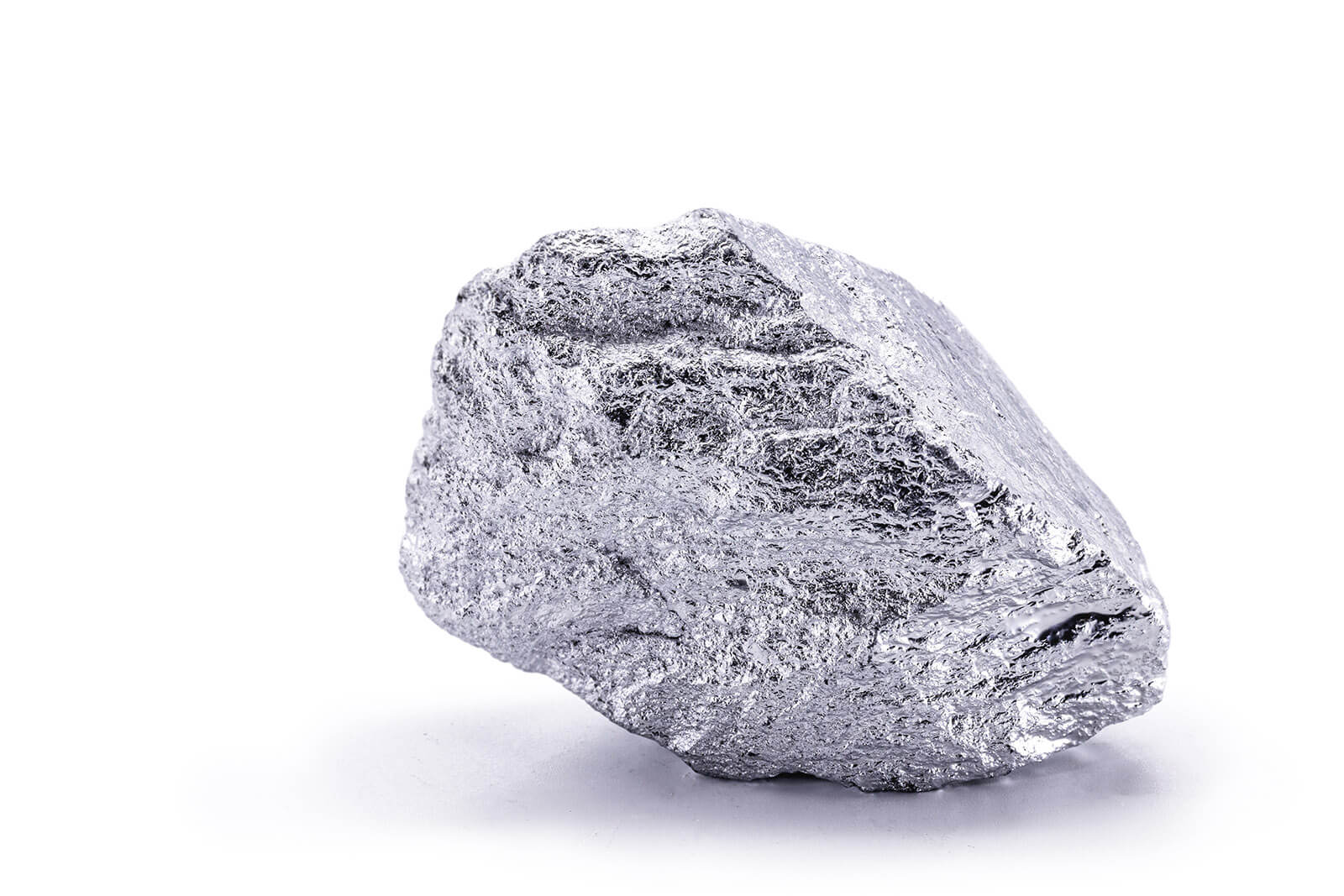Reserve Bank(s) Adding Platinum Holdings
Following Russia’s example, South Africa could transform its mining sector and economy by adding platinum to its reserves, leveraging the metal’s scarcity, ESG edge, and growing strategic importance over gold.
Reserve Bank(s) Adding Platinum Holdings
The Russian National Bank, under the exceptional leadership of Mrs. Elvira Nabiullina and her team, has been admirably managed. They have successfully steered the Russian economy and its monetary system through extremely challenging times, despite occasionally questionable government actions.
For some time now, the Russian National Bank has been adding platinum to its reserves—another testament to their impressive management. Beyond the strategic rationale, this move has already proven to be highly profitable.
If the Reserve Bank of South Africa were to follow this example, which is not entirely implausible, it could reap even greater benefits for both the Bank and South Africa as a whole, for the following reasons:
Platinum is a strategic pillar: It forms the backbone of South Africa’s mining sector, accounting for about ~80% of global platinum production, the largest source of mining employment, and over ~38% of national mining activity. Mining contributes ~7% to GDP, with platinum being dominant. Contrary to this, gold mining is increasingly declining.
Price challenges: Platinum often trades at or below production costs for many mines, whereas gold trades at triple its production cost. Until recently, the partly incorrect industrial valuation deeply impacted the sector’s profitability and sustainability.
Risk to industry and employment: Continued low prices threaten mine closures and could lead to large-scale job losses, with significant human and economic consequences. Improvements of this unfortunate development will be fully dependable of the continued reset as a store of value of the metal
Risk to industry and employment: Continued low prices threaten mine closures and could lead to large-scale job losses, with significant human and economic consequences. Any improvement in this situation will be fully dependent on the metal’s recovery and reset as a store of value.
Potential for a “reset” as a store of value: If the Reserve Bank announces platinum purchases, it could further restore investor confidence, boost demand, and significantly raise platinum prices. South Africa’s leadership would inspire other central banks to follow suit.
No-risk operation for the Reserve Bank:
- Recent prices only slightly above average production costs
- Platinum trades below half the price of gold and has limited, supply-constrained annual production contrary to this, gold trades at more than twice the production cost and has a large annual production
- Minimal above-ground stock of platinum compared to the 7,628,523,000 ounces of gold
- South African platinum is more ESG-compliant than much of the world’s gold mining
- Production costs are wage and energy sensitive, supporting long-term price increases
Reserve diversification: Platinum offers central banks an alternative to gold and fiat currencies—providing a hedge against inflation and geopolitical risk
National alignment: Stockpiling platinum supports a vital sector for jobs, exports, and tax revenue, outpacing gold in recent years
Future-proofing: As green technologies advance, platinum will become even more strategically valuable. Early accumulation preserves national economic sovereignty
Gold industry decline: With South African gold reserves depleting, shifting support to platinum is timely and necessary
Securing platinum’s future: Even a small reallocation of investment from gold to platinum (0.5–1%) would secure the sector’s future for the mines, the workers and last but not least the South African Reserve Bank and the country as a whole

